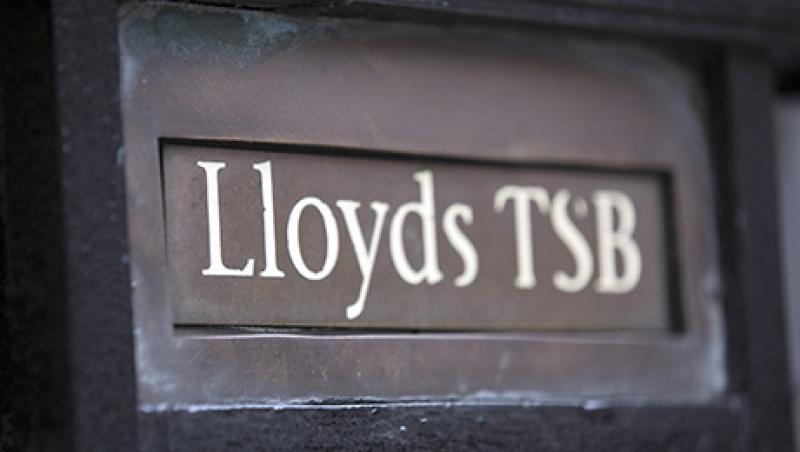
A Lloyds TSB sign sits outside a branch operated by the Lloyds Banking Group Plc in London, U.K., on Tuesday, Sept. 17, 2013.The U.K. government made about 60 million pounds ($95 million) in profit on a first sale of its stake in Lloyds Banking Group Plc, in a move toward full private ownership of Britain's largest mortgage lender. Photographer: Simon Dawson/Bloomberg
Simon Dawson/Bloomberg

